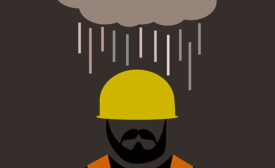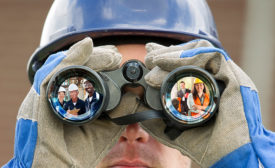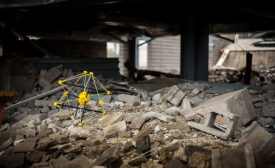Articles by Dave Johnson
New York City doubles down on traffic fatalities & injuries
Meeting the promise of “Vision Zero”
August 1, 2019
Neglect leaves OSHA short-staffed and leaderless
Desperate hours at the agency?
June 18, 2019
It’s time for a New View of safety
Focus more on positive outcomes & systems, less on bureaucracy and human failure.
June 17, 2019
First responders get life-saving sensor readings, video surveillance
Squishy Robots to the rescue
June 3, 2019
Arc blasts can ruin hearing
Sonic blasts can result in immediate & permanent damage
June 3, 2019
Become a Leader in Safety Culture
Build your knowledge with ISHN, covering key safety, health and industrial hygiene news, products, and trends.
JOIN TODAYCopyright ©2025. All Rights Reserved BNP Media.
Design, CMS, Hosting & Web Development :: ePublishing










